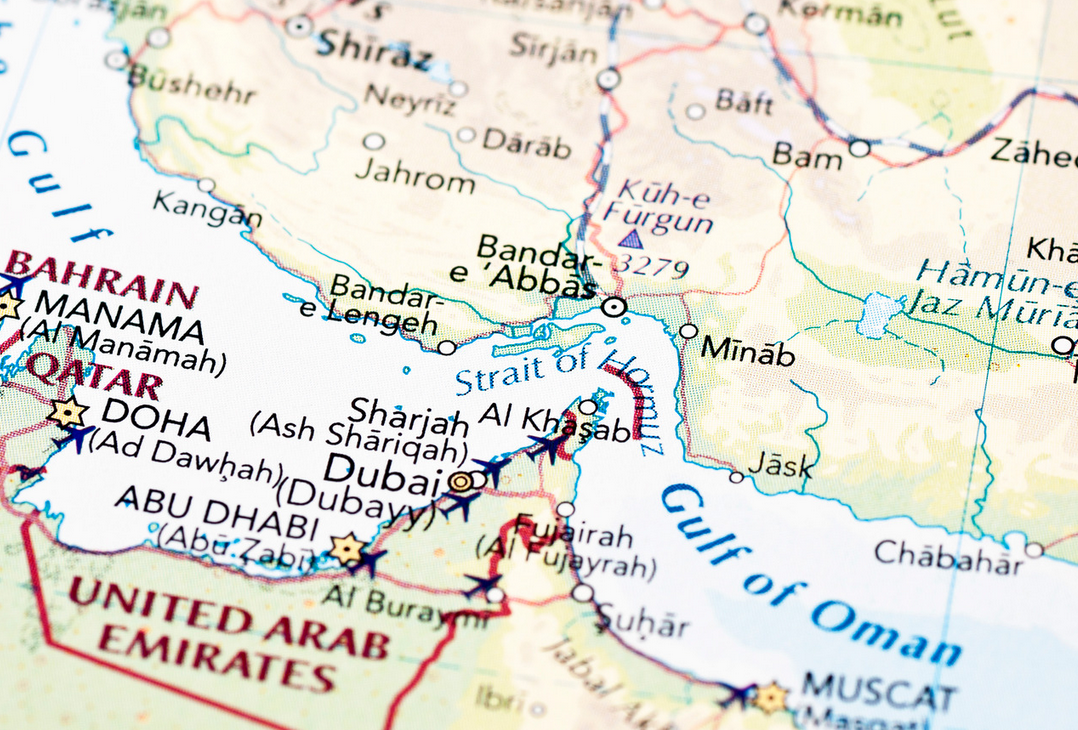As tensions rise in the Middle East due to the ongoing conflict in Gaza, there is growing concern about the potential disruption of the vital Gulf shipping route through the Strait of Hormuz. While the world is now less reliant on Middle Eastern hydrocarbons than before, a closure of the strait would still lead to a significant increase in oil prices.
Maritime hostilities have already been witnessed in Yemen, where the Iran-backed Houthi rebels attacked a US warship and three commercial vessels over the weekend. Western powers, including the US with assets like the aircraft carrier Dwight D. Eisenhower, are working to protect the Gulf region. However, the strategic location of the Strait of Hormuz, just 20 miles wide at its narrowest point and controlled by Iran, remains a potential vulnerability. Approximately one-fifth of the world's crude oil and liquefied natural gas flows through this strait on a daily basis.
In the past, the strait has been closed twice, in 1973 and 1979, leading to a sharp increase in crude oil prices and negatively impacting global economic growth. While the world has reduced its reliance on Middle Eastern hydrocarbons, any disruption to shipping in the strait would still result in steep price increases. However, oil traders currently consider this a distant risk, as they are more concerned about the decline in demand. Brent crude prices initially spiked to over $90 per barrel at the start of the current hostilities but have since dropped below $80 per barrel.

For Iran, which supports Hamas, the closure of the strait would have significant consequences. Its oil exports to China are at record highs, and in October, more than 1 million out of the 15 million barrels per day of crude passing through the strait were Iranian. While pipelines, such as the Saudi east-west pipeline to Yanbu in the Red Sea and Abu Dhabi's pipeline, could provide alternative routes, a substantial portion of global crude supply, approximately 10%, remains at risk as Iraq, Kuwait, and Qatar have no other exit route.
In conclusion, the threat of a potential disruption to the vital Strait of Hormuz remains a concern as tensions escalate in the Middle East. While the world is now less dependent on Middle Eastern hydrocarbons, a closure of the strait would lead to a significant increase in oil prices. The current focus is on protecting the Gulf region, but the risk cannot be disregarded, and markets should not be overly sanguine about the potential impact. As the conflict continues, the likelihood of its expansion and the subsequent threat to global crude supply increases.
Source: Financial Times





